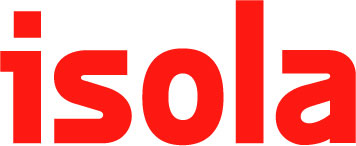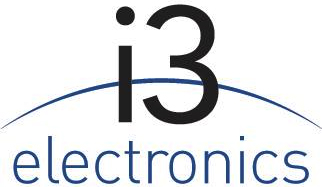Electronics Manufacturing Technical Articles
Papers and articles related to SMT, PCB & EMS industry.
- SMTnet
- »
- Technical Library
1789 SMT / PCB Assembly Related Technical Articles

Isola a global material sciences company focused on designing, developing, manufacturing and marketing copper-clad laminates and dielectric prepregs used to fabricate advanced multilayer PCBs.
Chandler, Arizona, USA

Georgia Institute of Technology
Center for Board Assembly Research CBAR- advanced research on board assembly processes and systems
Atlanta, Georgia, USA

Georgia Institute of Technology
Center for Board Assembly Research CBAR- advanced research on board assembly processes and systems
Atlanta, Georgia, USA

A national research university enrolling nearly 25,000 students from across the United States and more than 100 other countries.
Kalamazoo, Michigan, USA

Georgia Institute of Technology
Center for Board Assembly Research CBAR- advanced research on board assembly processes and systems
Atlanta, Georgia, USA

Georgia Institute of Technology
Center for Board Assembly Research CBAR- advanced research on board assembly processes and systems
Atlanta, Georgia, USA

An electronic product solutions company providing comprehensive electronics design, manufacturing and product management services.
St. Petersburg, Florida, USA

A world leader in high-performance PCB fabrication & assembly, semiconductor packaging, systems integration & test, advanced laboratory services and contract R&D.
Endicott, New York, USA

Hiflo Solders Private Ltd (HSPL) , was established in the early nineties and has grown into a business enterprise in manufacturing and marketing of Solders, Fluxes, Cleaners, Anodes, Soldering Accessories for the domestic & inte
Chennai, Tamil Nadu, India, Tamil Nadu, Guyana
FS Technology: a pcba supplier dedicated to one-stop service.This is our website: https://www.fs-pcba.com/
shenzhen, Guangdong, China
Pages: 1 2 3 4 5 6 7 8 9 10 11 12 13 14 15 16 17 18 19 20 21 22 23 24 25 26 27 28 29 30 31 32 33 34 35 36 37 38 39 40 41 42 43 44 45 46 47 48 49 50 51 52 53 54 55 56 57 58 59 60 61 62 63 64 65 66 67 68 69 70 71 72 73 74 75 76 77 78 79 80 81 82 83 84 85 86 87 88 89 90 91 92 93 94 95 96 97 98 99 100 101 102 103 104 105 106 107 108 109 110 111 112 113 114 115 116 117 118 119 120 121 122 123 124 125 126 127 128 129 130 131 132 133 134 135 136 137 138 139 140 141 142 143 144 145 146 147 148 149 150 151 152 153 154 155 156 157 158 159 160 161 162 163 164 165 166 167 168 169 170 171 172 173 174 175 176 177 178 179








